39 label the prokaryotic cell
Prokaryotic cell to label - Labelled diagram - Wordwall Prokaryotic cell to label - Labelled diagram Home Features Contact Price Plans Log In Sign Up Language nucleoid region, pili, ribosomes, flagellum, plasmid, cytoplasm, plasma membrane, cell wall, capsule. Prokaryotic cell to label Share by Susanmgillen KS5 Biology Like Edit Content More Leaderboard Switch template Interactives Prokaryotic cells (article) - Khan Academy Only the single-celled organisms of the domains Bacteria and Archaea are classified as prokaryotes— pro means before and kary means nucleus. Animals, plants, fungi, and protists are all eukaryotes— eu means true—and are made up of eukaryotic cells. Often, though—as in the case of we humans—there are some prokaryotic friends hanging around.
2.3: Prokaryotic and Eukaryotic Cells - Biology LibreTexts Prokaryotic Cells Prokaryotic cells are cells without a nucleus. The DNA in prokaryotic cells is in the cytoplasm rather than enclosed within a nuclear membrane. Prokaryotic cells are found in single-celled organisms, such as bacteria, like the one shown in Figure below. Organisms with prokaryotic cells are ca lled prokaryotes.

Label the prokaryotic cell
IB Biology Notes - 2.2 Prokaryotic cells - IB Guides Prokaryotic cells 2.2.1 Draw and label a diagram of the ultrastructure of Escherichia coli (E. coli) as an example of a prokaryote.. 2.2.2 Annotate the diagram from 2.2.1 with the functions of each named structure.. Cell wall: Protects the cell from the outside environment and maintains the shape of the cell.It also prevents the cell from bursting if internal pressure rises. Difference between Prokaryotic and Eukaryotic Cells - BYJUS The defining characteristic feature that distinguishes between prokaryotic and eukaryotic cell is the nucleus. In prokaryotic cells, the true nucleus is absent, moreover, membrane-bound organelles are present only in eukaryotic cells. Another major difference between prokaryotic and eukaryotic cells is that prokaryotic cells are exclusively ... [ANSWERED] Drag and drop to label the prokaryotic cell... - Biology Drag and drop to label the prokaryotic cell... Question: Drag and drop to label the prokaryotic cell. Last updated: 2/8/2023. Drag and drop to label the prokaryotic cell. Show Answer. Create an account. Get free access to expert answers. Get 3 free question credits; Claim your daily rewards;
Label the prokaryotic cell. Prokaryotic Cell Parts, Functions & Diagram - Science Prof Online Internal Structures of Prokaryotic Cells Plasma Membrane: The cell membrane is a double-layer of phospho lipids with associated proteins and other molecules. It is essentially the "bag" that holds all of the intracellular material and regulates the movement of materials into and out of the cell. Can you label the structures of a prokaryotic cell? Drag the labels to ... The structures of the prokaryotic cell can be labeled as follows: The structure labeled a is the pilus (plural, pili) The structure labeled b is the cytoplasm The structure labeled c is the plasma membrane The structure labeled d is the cell wall The structure labeled e is the capsule The structure labeled f is the flagella (singular, flagellum) Prokaryotic vs Eukaryotic Cells: Similarities & Differences Only eukaryotes have membrane-bound organelles and a nucleus. Prokaryotes divide via using binary fission, while eukaryotic cells divide via mitosis. Eukaryotes reproduce sexually through meiosis, which allows for genetic variance. Prokaryotic cells reproduce asexually, copying themselves. Label the Prokaryotic cell Quiz - purposegames.com Label the Prokaryotic cell by lsatonica 2,977 plays 10 questions ~30 sec English 1 too few (you: not rated) Tries Unlimited [?] Last Played February 22, 2022 - 12:00 am There is a printable worksheet available for download here so you can take the quiz with pen and paper. Remaining 0 Correct 0 Wrong 0 Press play! 0% 0:00.0 Highscores Show More
Solved Prokaryotic cell Label the image to assess your - Chegg Expert Answer Transcribed image text: Prokaryotic cell Label the image to assess your understanding of prokaryotic cell structure. Prokaryotic Cell: Definition, Characteristics, Diagram & Structure Prokaryotic cell refers to the cell which is unicellular, i.e. made of a single cell. Prokaryotic means "pro" = primitive and "karyos" = nucleus, i.e. prokaryotic cell refers to the cell which has a primitive nucleus. Bacteria and Archaea come under prokaryotes. Characteristics of Prokaryotic Cell Prokaryotic Cells Quiz - ProProfs Quiz Prokaryotic cells are unicellular organisms that lack a membrane-bound nucleus, mitochondria, or any other membrane-bound organelle. They are divided into two domains; Archaea and Bacteria. What do you know about this particular organism? Let's find out with this amazing quiz right here right now. We wish you all the best to you. Have fun! Prokaryotic Cells- Definition, Structure, Characteristics, and ... - BYJUS The prokaryotic cells have four main components: Plasma Membrane- It is an outer protective covering of phospholipid molecules which separates the cell from the surrounding environment. Cytoplasm- It is a jelly-like substance present inside the cell. All the cell organelles are suspended in it. DNA- It is the genetic material of the cell.
Draw a diagram of a prokaryotic cell and label at ... - Vedantu 6 days ago — E. Coli is a perfect example of prokaryotes. Complete answer: Prokaryotic cells are primitive cells. They are present with really no true ... Solved Can you label the structures of a prokaryotic cell ... - Chegg Can you label the structures of a prokaryotic cell? Part A Drag the labels to the appropriate locations in this diagram. Reset Helio capsule timbrie Homes plama membrane Rucold bacten apote Parduction, Submit Previous Answers Flequest Answer This problem has been solved! Prokaryote structure (article) | Khan Academy Prokaryotes are microscopic organisms belonging to the domains Bacteria and Archaea, which are two out of the three major domains of life. (Eukarya, the third, contains all eukaryotes, including animals, plants, and fungi.) Bacteria and archaea are single-celled, while most eukaryotes are multicellular. Results for prokaryotic and eukaryotic cells worksheets Butterflies in the Room. 5.0. (1) $2.00. Zip. This Prokaryotic and Eukaryotic Cells Worksheet is a great way to review prokaryotes and eukaryotes. The worksheet is ideal for grades 6-8. It requires students to identify different types of eukaryotic and prokaryotic cells. It includes multiples choice and true/false.
Prokaryotic Cell - Definition, Examples & Structure - Biology Dictionary Prokaryotic cells are usually between 0.1 to 5 micrometers in length (.00001 to .0005 cm). Eukaryotic cells are generally much larger, between 10 and 100 micrometers. Prokaryotic cells have a higher surface-area-to-volume ratio because they are smaller, which makes them able to obtain a larger amount of nutrients via their plasma membrane.
Labeling the Prokaryotic Cell Flashcards | Quizlet Prokaryotic Cell Capsule A sticky layer that surrounds the cell walls of some bacteria, protecting the cell surface and sometimes helping to glue the cell to surfaces. Cell Wall A rigid layer of nonliving material that surrounds the cells of plants and some other organisms. Plasma Membrane
Prokaryotic Cells: Structure, Function, and Definition - ThoughtCo Prokaryotes are single-celled organisms that are the earliest and most primitive forms of life on earth. As organized in the Three Domain System, prokaryotes include bacteria and archaeans. Some prokaryotes, such as cyanobacteria, are photosynthetic organisms and are capable of photosynthesis .
Label a prokaryote worksheet Label a prokaryote prokaryote label ID: 2505341 Language: English School subject: Biology Grade/level: 9-12 Age: 14-18 Main content: Cells Other contents: label Add to my workbooks (10) Download file pdf Embed in my website or blog Add to Google Classroom Add to Microsoft Teams Share through Whatsapp Link to this worksheet: Copy cohenbio Finish!!
Eukaryotic Cell - The Definitive Guide | Biology Dictionary A eukaryotic cell contains membrane-bound organelles such as a nucleus, mitochondria, and an endoplasmic reticulum. Organisms based on the eukaryotic cell include protozoa, fungi, plants, and animals. These organisms are grouped into the biological domain Eukaryota. Eukaryotic cells are larger and more complex than prokaryotic cells found in ...
Bacteria (Prokaryote) Cell Coloring - The Biology Corner Color the cell wall purple. 2. On the inside of the cell wall is the cell membrane . Its job is to regulate what comes in and out of the cell. Color the cell membrane pink. 3. The surface of some bacteria cells is covered in pilus, which help the cell stick to surfaces. Color the pilus light green. 4.
Label the Structures of the Prokaryotic Cell Diagram - Quizlet Terms in this set (7) ; Nucleoid · Nucleoid ; Plasmid · Plasmid ; Cytoplasm · Cytoplasm ; Cell Wall · Cell Wall ; Plasma Membrane · Plasma Membrane.
4.5: Prokaryotic Cells - Characteristics of Prokaryotic Cells Figure 4.5. 1: General Structure of a Prokaryotic Cell: This figure shows the generalized structure of a prokaryotic cell.All prokaryotes have chromosomal DNA localized in a nucleoid, ribosomes, a cell membrane, and a cell wall.The other structures shown are present in some, but not all, bacteria.
Prokaryotic Cell Labeling Diagram | Quizlet A non-membrane-bounded region in a prokaryotic cell where the DNA is concentrated. cytoplasm A jellylike fluid inside the cell in which the organelles are suspended capsule Covers the cell wall in prokaryotes. cytoplasmic membrane a semipermeable barrier that separates the cell interior (cytoplasm) from the environment cell wall
The Cell - Prokaryotic and Eukaryotic Cells - ThoughtCo Eukaryotic Cells and Prokaryotic Cells . There are two primary types of cells: eukaryotic cells and prokaryotic cells. Eukaryotic cells are called so because they have a true nucleus.The nucleus, which houses DNA, is contained within a membrane and separated from other cellular structures. Prokaryotic cells, however, have no true nucleus.DNA in a prokaryotic cell is not separated from the rest ...
Label the prokaryotic cell Quiz - PurposeGames.com Label the prokaryotic cell by blueseas 7,213 plays 8 questions ~20 sec English 0 too few (you: not rated) Tries 8 [?] Last Played February 22, 2022 - 12:00 am There is a printable worksheet available for download here so you can take the quiz with pen and paper. Remaining 0 Correct 0 Wrong 0 Press play! 0% 08:00.0 Highscores Show More
Eukaryotic cell diagram labelling game - ESL Games Plus A eukaryotic cell produces many substances. For instance, the ribosomes attached to the rough endoplasmic reticulum (ER) create proteins. The ER is also capable of synthesizing lipid molecules. To ensure that there's enough energy to power all of these activities, eukaryotic cells also have tiny power-generating plants called mitochondria.
Prokaryotic Cells: Definition, Structure, Function (with Examples) Scientists believe that prokaryotic cells were some of the first life forms on Earth. These cells are still abundant today and can be divided into bacteria and archaea. A classic example of a prokaryotic cell is Escherichia coli (E. coli). Prokaryotic cells are fundamental to mastering high school cell biology.
[ANSWERED] Drag and drop to label the prokaryotic cell... - Biology Drag and drop to label the prokaryotic cell... Question: Drag and drop to label the prokaryotic cell. Last updated: 2/8/2023. Drag and drop to label the prokaryotic cell. Show Answer. Create an account. Get free access to expert answers. Get 3 free question credits; Claim your daily rewards;
Difference between Prokaryotic and Eukaryotic Cells - BYJUS The defining characteristic feature that distinguishes between prokaryotic and eukaryotic cell is the nucleus. In prokaryotic cells, the true nucleus is absent, moreover, membrane-bound organelles are present only in eukaryotic cells. Another major difference between prokaryotic and eukaryotic cells is that prokaryotic cells are exclusively ...
IB Biology Notes - 2.2 Prokaryotic cells - IB Guides Prokaryotic cells 2.2.1 Draw and label a diagram of the ultrastructure of Escherichia coli (E. coli) as an example of a prokaryote.. 2.2.2 Annotate the diagram from 2.2.1 with the functions of each named structure.. Cell wall: Protects the cell from the outside environment and maintains the shape of the cell.It also prevents the cell from bursting if internal pressure rises.


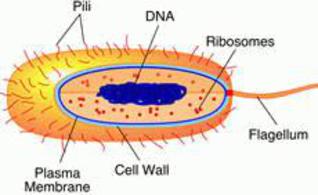
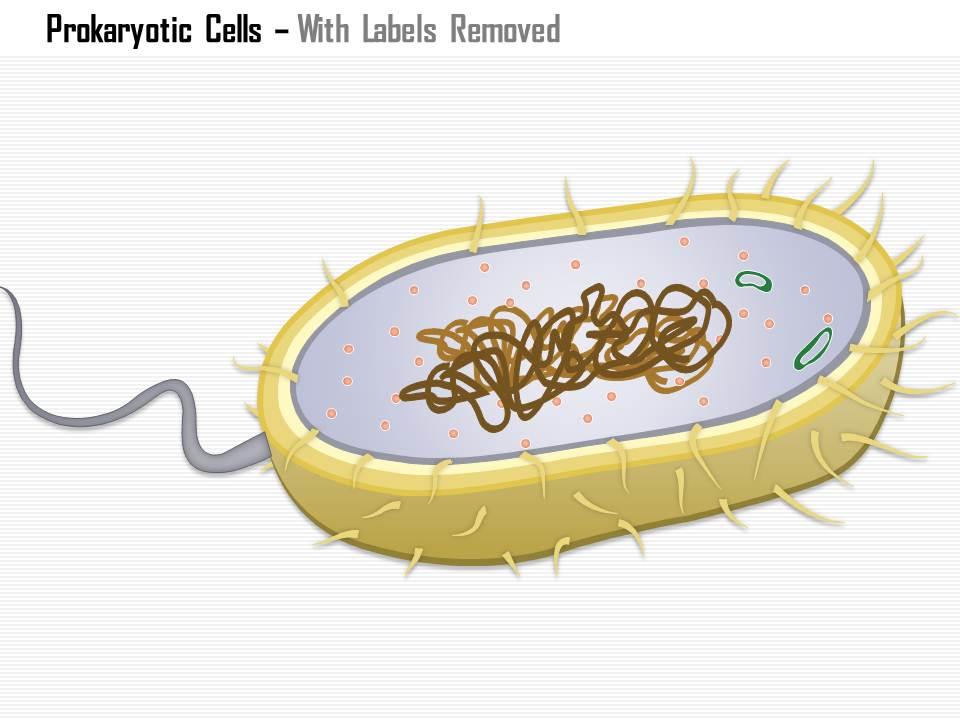

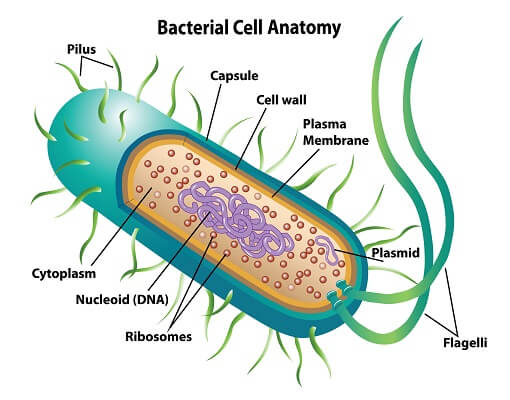


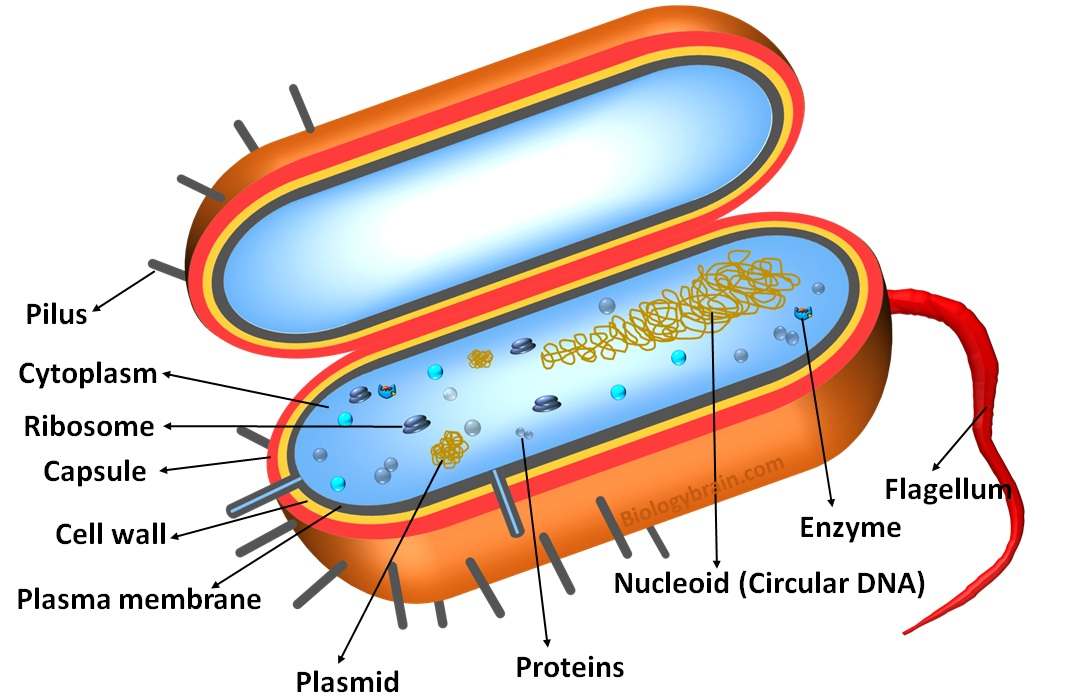

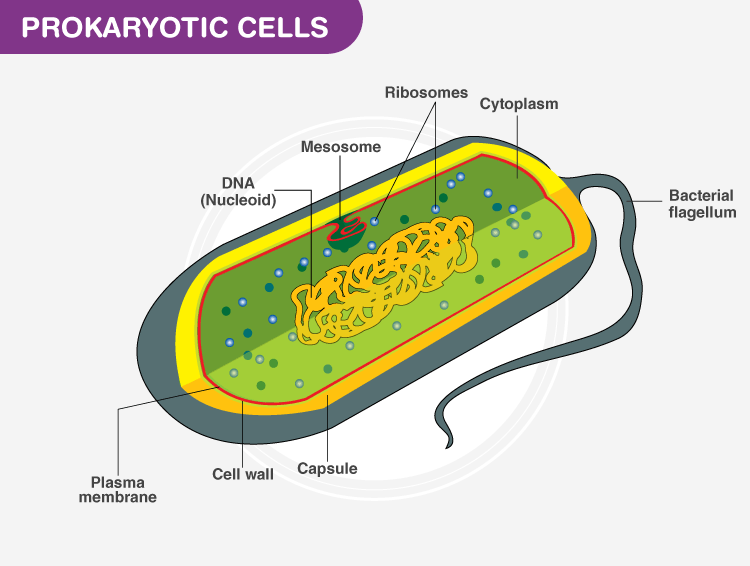
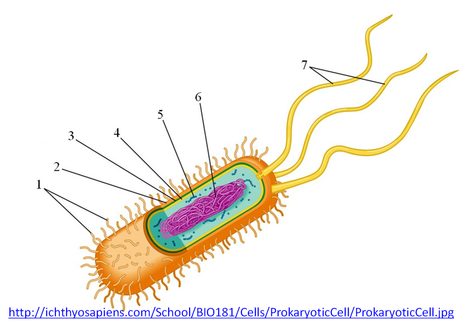
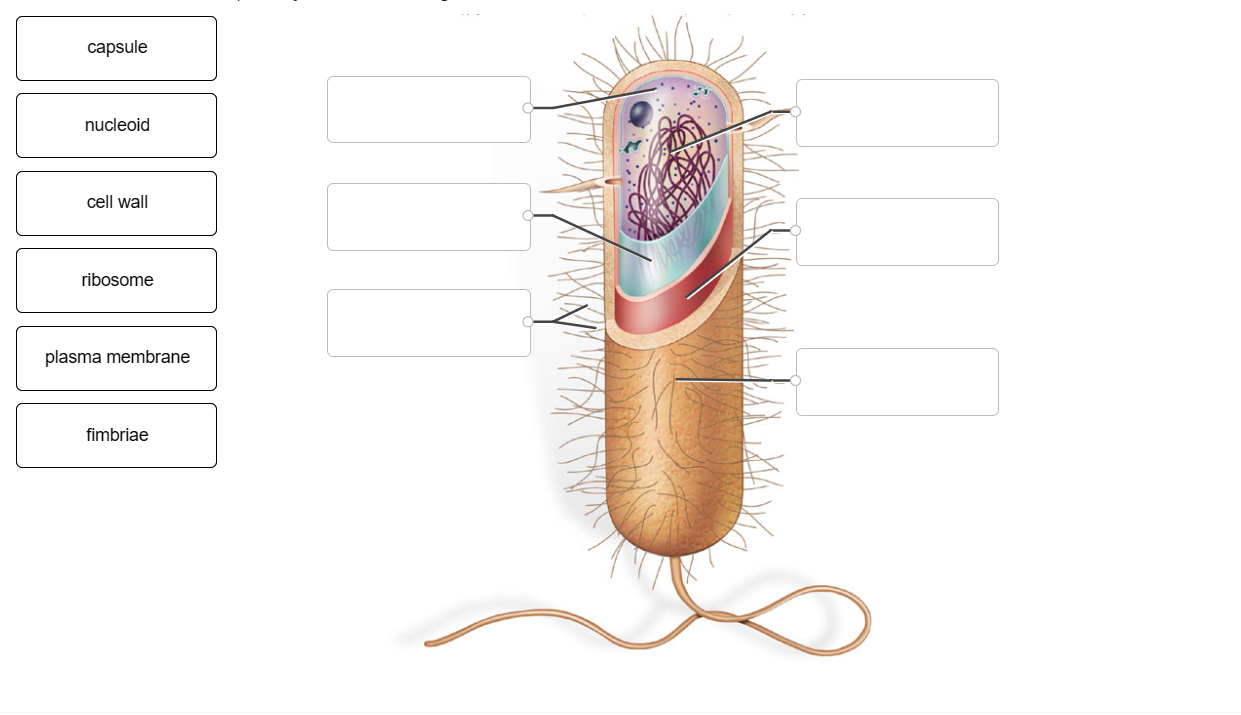




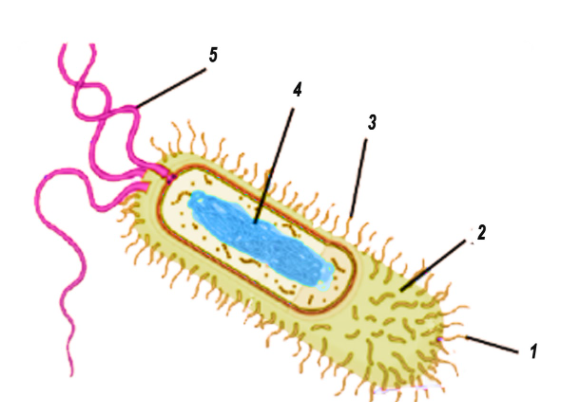

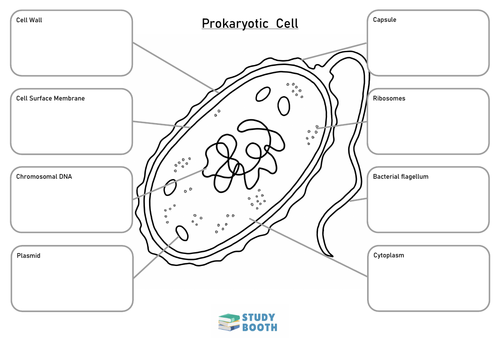
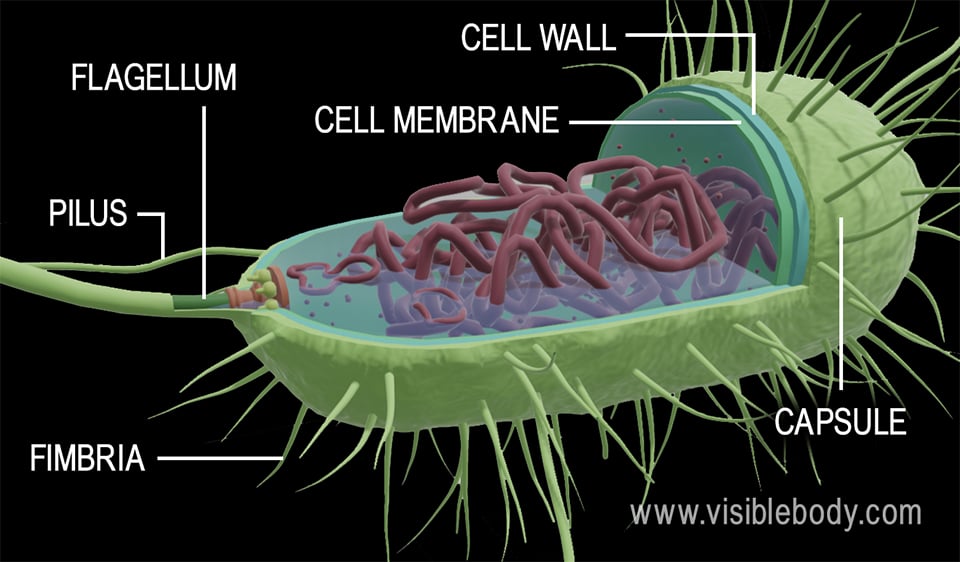






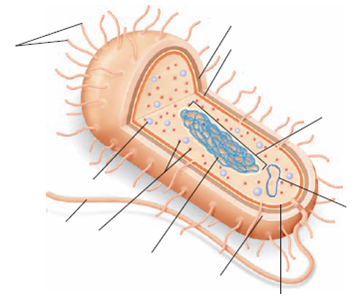

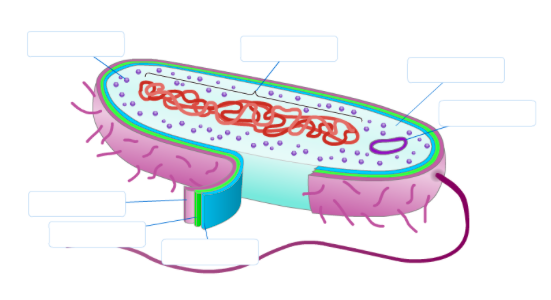
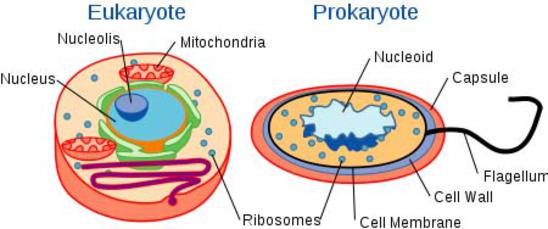

Komentar
Posting Komentar